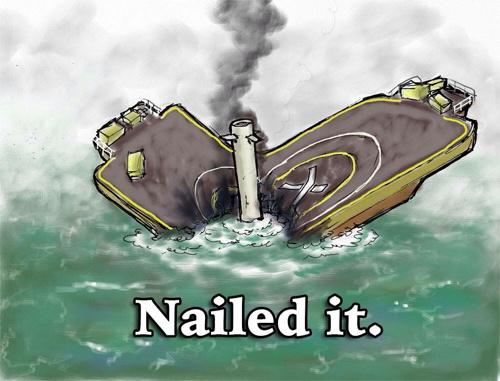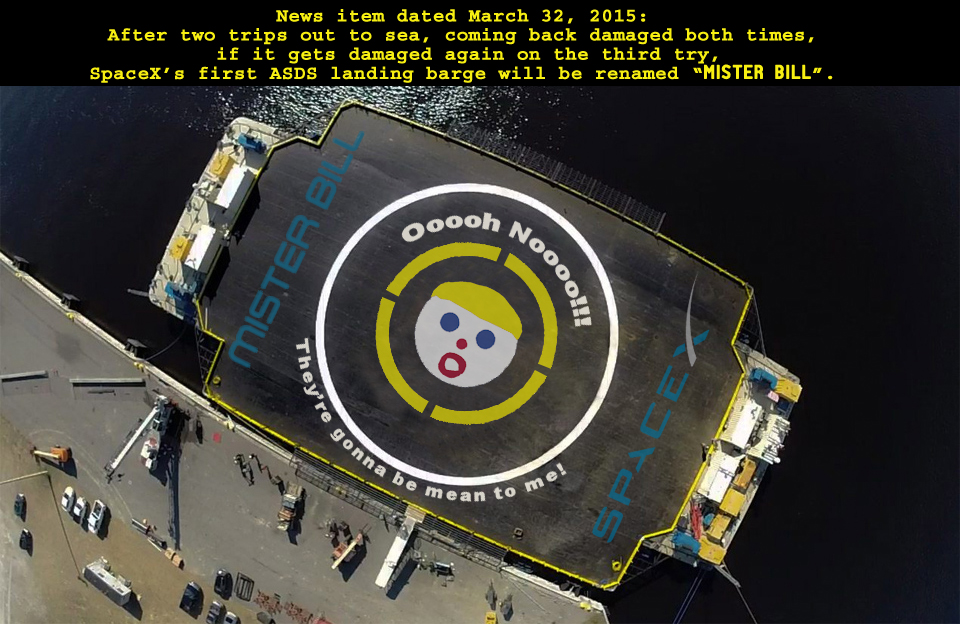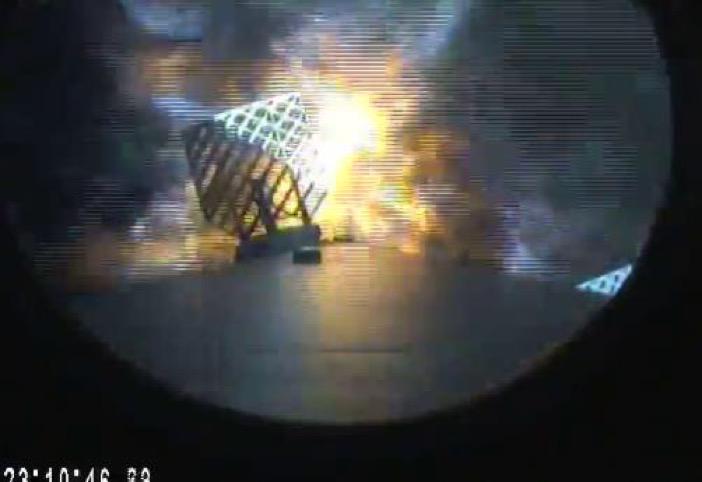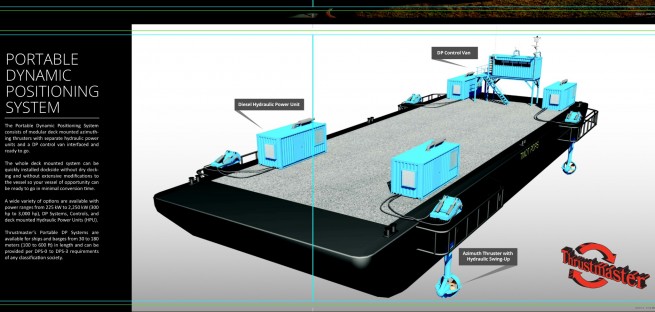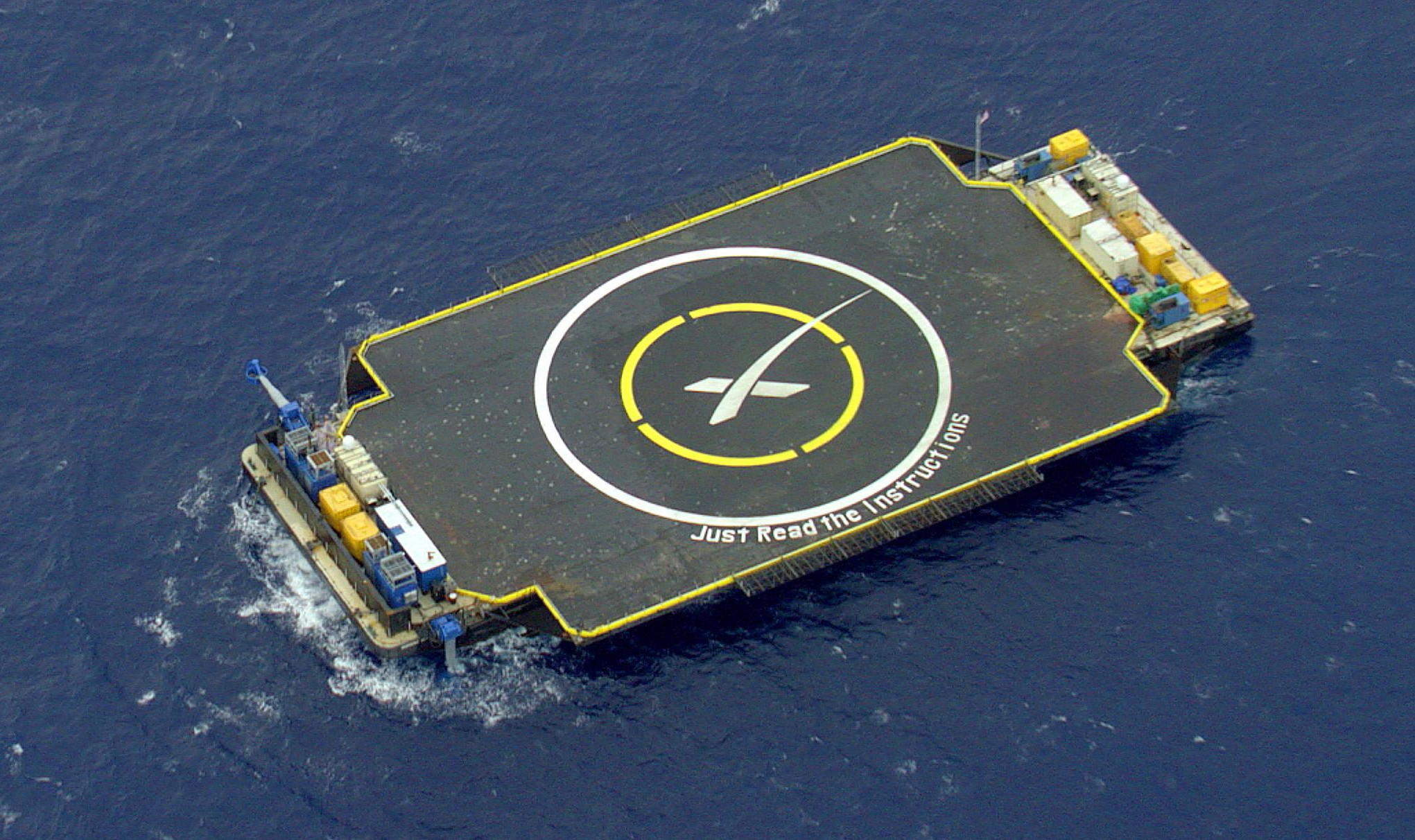I see the sea landings as a big hurdle to overcome due to the dynamic forces at play, and as others have pointed out in previous discussions there is likely a higher probability of success with a Terra firma landing (sounds much better than land landing). So it's a bit of a double edged sword water landing is safer (maybe yes maybe no) but more difficult to achieve. How much land would they have to fly over to reach the proposed landing site and what is the population?
I agree, the ocean landings on the relatively tiny area of the barge are much harder than the huge area of LC-13, with its large main landing pad AND four alternate landing pads it can direct itself towards if it is going to miss the center main pad by too much.
As for the land it flies over........ it comes in over the ocean, then crosses the beach (which will be closed) and the LC-13 landing zone is right there, nothing else to fly over coming in. It would only fly over something if it was badly off course and came in too far to the North or South (into LC-12 or south, or LC-14 or north), or if it overshot LC-13 and was coming in "hot" to the west of LC-13.
The overshoot is highly unlikely due to the maneuvers performed, which basically tends to make it undershoot a lot, then maneuvers to undershoot less, and maneuvers to undershoot less, and so on, so it keeps correcting the undershoot to try to get into position to land at the landing spot. That way, if control was lost at any point, it would not be possible to overshoot.
So the main tihng it needs to do for safety of the surrounding area.... is to demonstrate with the ocean landings that its margin of error is smaller than the LC-13 landing zone. After all, if it lands 20 meters to the side of the ASDS landing barge with a slow vertical descent into the water, it's a "failure to land safely on the barge", while for an RTLS landing the same slow descent "miss" of the center of the main landing pad would mean a safe landing and would be celebrated as a massive success (with a minor distance error)!
BTW - Unless they have modified the software for landing on the ASDS, then if it was off by say 30 meters at say 100 meters up, it would once again do a kamikaze "crash into barge" maneuver like it did in January when the hydraulic fluid for the gird fins ran out. I personally think that would be massively stupid for the software not to have a "safe landing priority" mode to land vertically with zero horizontal velocity many meters from the barge, rather than blindly veer over hard and build up a horizontal velocity towards the barge that it could never recover from to land safely as happened the first attempt (it does not have the thrust OR the fuel for significant horizontal maneuvering and cannot "hover" It lands with gallons left). The only reason for allowing the software to stupidly crash it into the barge again would be if the commander of CCAFS, who is key to getting permission for RTLS, is looking for the stage to land as close as possible even if it crashes, rather than demonstrating SAFE landings that miss the barge but would be WELL inside of the landing zone of LC-13 if it was an RTLS landing onto dry land.
Also, BTW - I expect that for the RTLS landings at LC-13, they WILL have the landing software give priority to landing safely, if it is INSIDE the LC-13 landing zone, even if it slowly descended vertically to land 30 meters off from the center of the main landing pad, that still would be a safe landing. It would have no reason to risk a crash landing to try to land dead-center like it tried to do with the January ASDS landing
- George Gassaway





